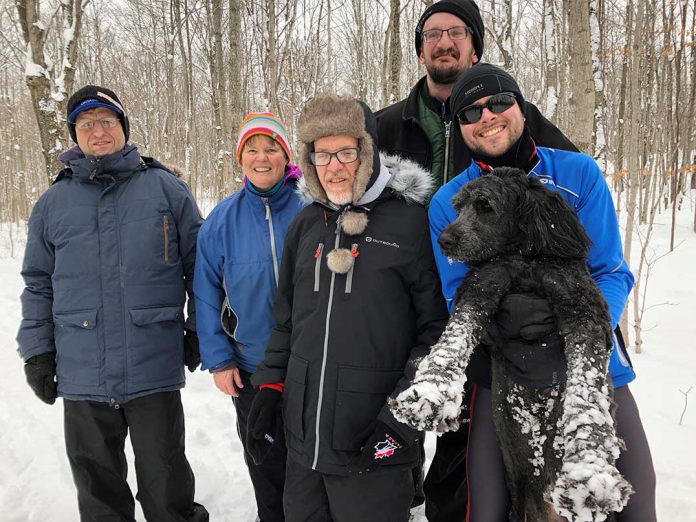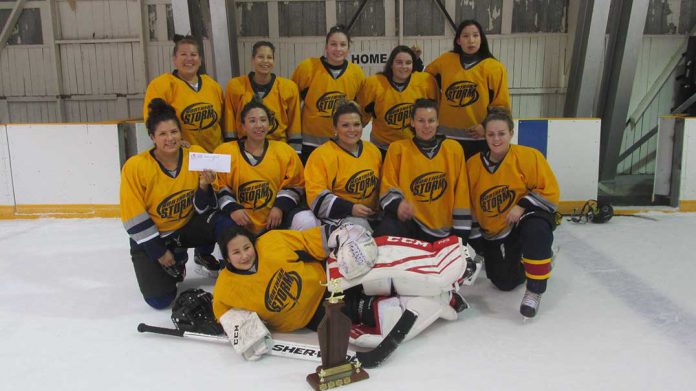MANITOULIN—Following on successful public meetings in late November that saw good attendance, the United Manitoulin Transit (UMT) online survey has proven to be more successful than had been anticipated.
“The survey is done and there was a very good response,” stated Guy Dumas, UMT organizational head, last week. “We expected to receive a reply from about 100 people to the survey, but we had 148 people take part in the survey. This is a very good number and the response will provide us with very good statistical data on what people want to see in term of transportation services on the Island.”
As was reported previously, public consultation meetings were held in Gore Bay, Mindemoya and Little Current in November by UMC, with the turnout high in Gore Bay.
Mr. Dumas started the meetings by speaking of his desire to keep the Manitoulin transit file opened and of interest and introduced UMT feasibility consultant Wally Beck, president of Transit Consulting Network. He outlined several questions for the discussion. These included the priorities needed for a local public transit service, the areas where the service will succeed, an optional service of a couple of days a week to meet needs or perhaps transit every day is required. He had the example of the transit system in Prince Edward County that started off small with trips three days a week and then went from there. Other topics up for dialogue included what a reasonable bus fare would be, the type of vehicle to be used and whether volunteers could play a role in the public transit service.
Mr. Beck emphasized in beginning the discussion around Island transit that one has to “look at what you can do today and what you can do in the future.” He outlined the benefits of transit which are economic, social and environmental. There is also the ability for residents to remain in their communities and age in place. Public transit also enhances the quality of life for those who do not or cannot drive. The exodus of residents due to lack of public transit would be mitigated.
The discussions also included the use, perhaps, of existing transportation vehicles such as taxi cabs and the Angel Bus to facilitate travel in areas where a large bus is not needed and to cut down on ride times.
Mr. Beck’s transit feasibility work plan contains several steps to be taken and the community-wide stakeholder consultations to understand priorities was the first one. The online survey of residents and businesses was the second and other will include the applicability of best practices, short-list concepts with a working group/steering committee, the finalizing of the five year transit service plan and the identification of next steps to implementation.
Mr. Dumas explained that Mr. Beck will be taking all the information and answers from the online survey and working on it with an analysis expected to hopefully be provided the second week in February.
“Then I will be calling a meeting of the UMT to hear all the results and we will look at the direction we will take next,” added Mr. Dumas. “We appreciate everyone’s input into the survey. This response provides a very good number and this will provide us with good statistical data. All is good.”





